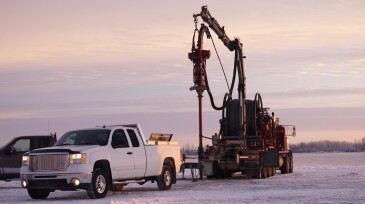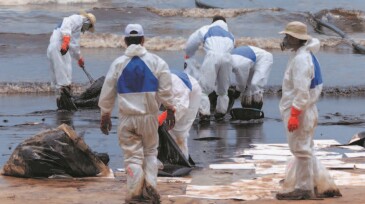health
-
The agency estimated the updated standard will prevent up to 4,500 premature deaths and 290,000 lost workdays, yielding up to $46 billion in net health benefits in 2032.
-
By incorporating AI-powered solutions, companies can tailor wellness plans to cater to the diverse needs of their workforce, fostering a more inclusive and supportive environment.
-
The current report presents data reported by 30 IOGP member companies for 2022.
-
Food and water safety is of paramount importance to the effective functioning of the oil and gas industry. Diseases related to food and water are major contributors to project morbidity and can have significant and adverse effects on workforce productivity, particularly during large-scale construction phases of a project.
-
Vehicle-related accidents contributed to more than a quarter of worker deaths in the oil and gas extraction industry over a recent 6-year period, according to a report from the CDC.
-
Health, safety, and environment operations can be greatly enhanced by using artificial intelligence (AI) techniques on HSE data. One important aspect inherent in this process is the need to establish trust in the AI system among the users.
-
The legislation would require oil and gas companies to pay into a fund that would cover health expenses for workers and their families.
-
Ipieca and the International Association of Oil and Gas Producers have updated their “Incident Management System for the Oil and Gas Industry,” “Oil Spill Exercises,” and “Responder Health and Safety” guidance documents.
-
The organizations have created health performance indicators (HPIs) to be used by organizations in the oil and gas industry. The published guidance for applying these HPIs has been updated in several aspects, including recognition of the importance of mental health.
-
The objective of this paper is to advocate for the practice of mental hygiene as an occupational health and safety solution to safeguard mental health and enhance psychological resilience of the workforce in the oil and gas industry.










